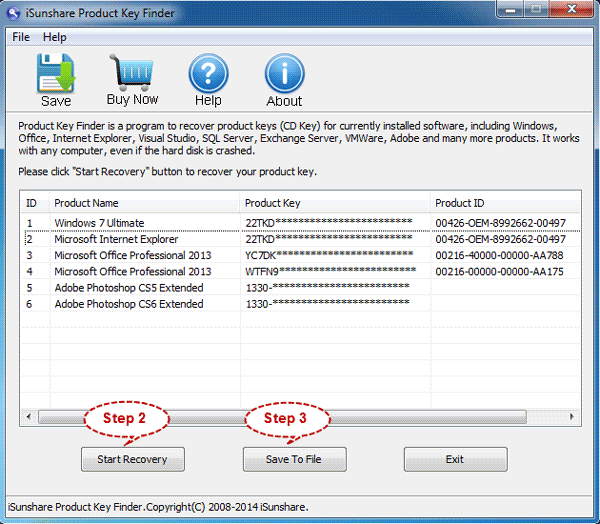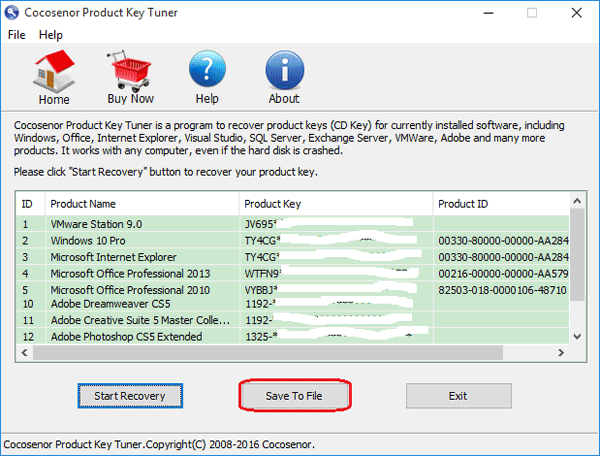Back up Microsoft Outlook data. If you have changed your backup file selection or moved your Microsoft Data File to a different location, verify that the file is included in your backup file selection. For the default location of your Microsoft Data File, see Outlook File Locations below. We faced the same issue with an Office 2016 Mac saving Word files on a Windows Server connected on SMB. The difference with the reported issue was that the user cas unable to delete the nameoffolder.docx.sb-xxx folders. After doing some tests, we found out that those folders created by Word when saving a file did not inherite properly the ACL. The complete, easy guide to backing up your Mac You know about Time Machine, but there are other ways to back up your Mac. Here's how to pick the best backup method for you.
 Topics Map > Features and Functionality
Topics Map > Features and FunctionalityTopics Map > Administrators

Audience: Departmental IT organizations and individuals interested in backing up their mailbox data.
Summary
The purpose of this document is to provide strategies for backing up your Office 365 mailbox data. These strategies include:

Learn more
1. Manual backup options

These strategies are not recommended as long term solutions but can be used as temporary measures to ensure data is backed up or to back up data in preparation for a loss of access to your UW-Madison Office 365 account.
Microsoft Office For Mac 2016

Office 2016 Mac Back Up Mac
- Back up your email, calendar, and contacts using Outlook 2016 if you intend to access the backed up data also using Outlook 2016:
- Access your backed up data by importing it back into Outlook 2016 for Windows or Outlook 2016 for Mac.
- Back up your data using Outlook 2016 for Mac.
Access your backed up data by importing it back into Outlook 2016 for Mac.
- See below for options to back up your email, calendar, and contacts if you DO NOT intend to access the backed up data from Outlook 2016 OR if you currently do not have access to Outlook 2016:
Configure your Office 365 account and use the export/backup options in another email application such as Thunderbird or Apple Mail.
Configure your Office 365 account and another email account in the same email application and drag & drop or copy & paste messages and folders from your Office 365 account into folders in your other email account.
- Note: email providers have different mailbox size limitations, so you may not be able to move all of your Office 365 email into one different email account.
- Save your calendar as an .ics file using Outlook on the web by following steps below. You can then import your .ics file into another calendar application or email account.
- Log into Outlook on the web and click on the gearwheel icon in the upper right to open your 'Settings' menu.
- Scroll to the bottom and click on Calendar under 'Your app settings'.
- Click on Calendar publishing under 'Shared Calendars'.
- Select the calendar you want to save.
- Select 'Full Details' for the permissions.
- Click Save to generate a link to your .ics calendar file.
- Click on the link next to 'ICS' to save your .ics calendar file.
Export your contacts as a .csv file using Outlook on the web. You can then import your .csv file into another contacts application or email account.
- MailStore Server
- MailStore Server can backup multiple Office 365 mailbox data in a local archive on your computer. You can do this either on a shared server, your PC, or USB drive as a 'portable' option.
- MailStore Server provides additional capabilities for additional cost.
- Website: http://www.mailstore.com/
- Other options
- Services such as CloudAlly, Metalogix, and Backupify might also provide options to automate the process of backing up and restore mailbox data. However, the Office 365 Team has not tested these services.
- Ask individuals to grant the Office 365 service account full mailbox permissions to their account.
- Grant full mailbox permissions on their behalf if you have authorized administrative access to the individual's account.
- Protection against data loss using 3-2-1 backup strategy (e.g., fat finger, ransomware, security threats).
- Assists with recovering deleted email.
- Record retention and eDiscovery.
- The Office of Legal Affairs and Office of Cybersecurity have the ability to place mailbox holds and perform eDiscovery searches for all individuals using Office 365.
- Using a third-party tool can be considered supplementary for the purposes of eDiscovery and record retention.
- Ideal in a situation where departmental IT have a need to assist in such activity.
- Have at least 3 copies of your data.
- Backup your data in 2 different locations.(e.g.,internal hard drive, external hard drive)
- Have 1 copy of your backup location offsite (e.g., cloud)
- Cloud-based copy: Your mailbox in Office 365 is considered one copy. Microsoft mirrors your data across geographically and has various safeguards to prevent accidental deletion and provides facilities for restoring accidentally deleted items.
- Local copy: Third-party software can be used to automatically copy mailbox data to a departmental server or workstation. Ex: Mailstore
- External copy: Local copy can be saved to a backup service. Ex: Bucky Backup
2. Third-party automatic backup tools and services
The third-party services below automatically create a local backup of mailbox data. This strategy, using these tools, can be used as a long term solution by either an individual or departmental IT staff on behalf of multiple people.
3. IT staff backing up data for all users within a department
Use third-party services, such as those listed above, for automating backups. Configure your preferred service to access the mailbox for each user within a department.
Prerequisite for using a service account to backup mailbox data
Create an Office 365 service account (e.g. backups@mydepartment.wisc.edu) for the purpose of accessing each mailbox. The service account will need full mailbox permissions to each individual's mailbox in order to backup and restore their mailbox data.
To obtain full mailbox permissions you can:
The strategy listed above can be required and enforced via a departmental policy as a method to ensure all user's mailbox data are backed up and capable of being restored by departmental IT staff.
Advantages of backing up departmental Office 365 email
3-2-1 Backup strategy
What is a 3-2-1 Backup strategy?
Example:
